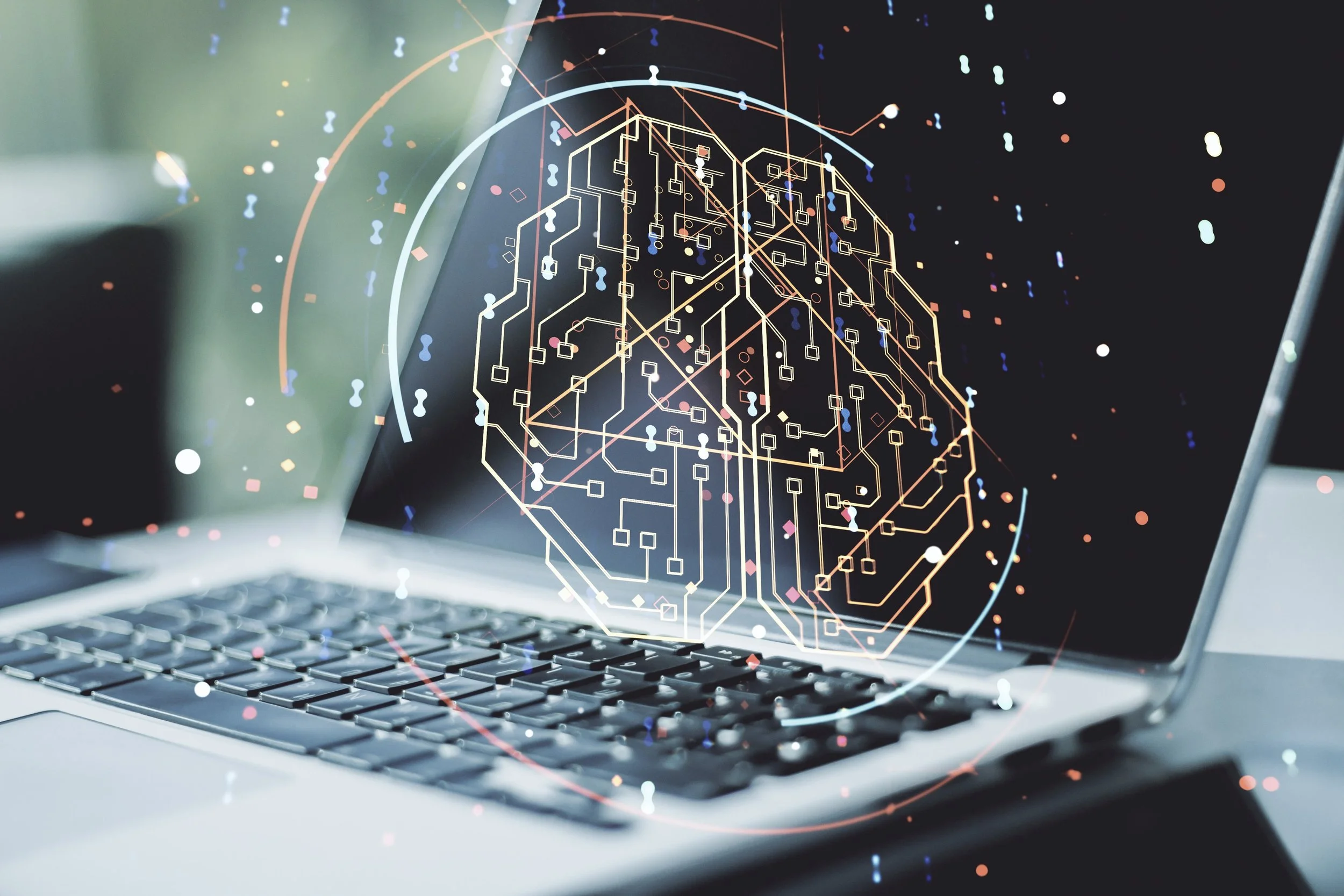Edge AI for Real-Time
Abstract:
Edge AI represents a significant evolution in artificial intelligence, bringing machine learning capabilities directly to devices such as smartphones, sensors, and industrial machinery. Unlike traditional AI systems that rely heavily on cloud computing, Edge AI enables real-time data processing at or near the source of data generation. This article explores the benefits, challenges, and emerging applications of Edge AI in 2025. It highlights how this decentralized approach enhances speed, privacy, and efficiency, while transforming sectors such as healthcare, manufacturing, and smart infrastructure.
Keywords:
Edge AI, Real-Time Processing, On-Device Machine Learning, Latency Reduction, IoT, Smart Devices, AI Deployment, Data Privacy, Intelligent Systems, Decentralized AI
Introduction:
The rise of Edge AI is revolutionizing how and where machine learning is applied. By enabling AI processing directly on devices—rather than relying exclusively on cloud servers—Edge AI significantly reduces latency and increases autonomy. In 2025, this advancement is becoming a cornerstone of real-time applications in various industries, from healthcare diagnostics to autonomous vehicles. As more devices gain the capability to run complex AI models locally, businesses and developers are unlocking new levels of speed, privacy, and operational efficiency. This article delves into the transformative role of Edge AI and the opportunities it presents across sectors.
1. What is Edge AI and Why It Matters
Edge AI refers to the deployment of artificial intelligence algorithms on hardware devices at the edge of a network, rather than in centralized cloud environments. These devices can analyze and act on data where it is generated—on-site and in real time. This shift is crucial for applications that require immediate feedback or cannot afford the delay of cloud-based processing. It reduces dependency on internet connectivity and enhances resilience in mission-critical systems. In a world where real-time insights can determine outcomes, Edge AI offers a powerful solution that prioritizes speed and decentralization.
2. Speed and Latency Benefits of Real-Time AI
One of the most compelling benefits of Edge AI is its ability to process data with ultra-low latency. In industries like autonomous driving or industrial robotics, milliseconds can make the difference between safe operation and catastrophic failure. Edge AI enables systems to respond instantly, improving safety, precision, and efficiency. In healthcare, for instance, real-time diagnostics from wearable devices or bedside monitors can be life-saving. By reducing the need to send data to a remote server and await a response, Edge AI ensures timely decision-making in scenarios where every second counts.
3. Enhanced Privacy and Data Security
Processing data locally on devices provides a significant privacy advantage. Sensitive information, such as health metrics or personal behavior data, can remain on-device without being transmitted over networks. This minimizes the risk of data breaches and aligns with increasingly strict data protection regulations like GDPR. In 2025, privacy is a top priority for consumers and organizations alike. Edge AI addresses these concerns by allowing companies to develop smart, responsive systems while maintaining tight control over user data and complying with privacy standards.
4. Applications Across Industries
Edge AI is finding use in a diverse range of industries. In smart manufacturing, sensors equipped with AI detect anomalies in machinery before failures occur. In retail, AI-enabled cameras monitor shelf inventory and customer flow to improve operations. Smart cities are using Edge AI to manage traffic in real time and monitor environmental conditions. In agriculture, drones and edge-powered sensors guide irrigation and pest control efforts. Each of these applications benefits from local processing, where insights are generated immediately and with minimal bandwidth requirements.
5. Technical Challenges and Solutions
While promising, Edge AI also presents unique technical hurdles. Devices must be equipped with specialized chips that can handle machine learning workloads while consuming minimal power. Managing model updates across distributed devices, ensuring consistent performance, and maintaining security are all critical challenges. In response, chipmakers are developing AI accelerators optimized for edge workloads, and software frameworks are emerging that streamline deployment and updates. Federated learning is another innovation allowing models to be trained across devices without centralizing data, further enhancing privacy and scalability.
Conclusion:
Edge AI is transforming how artificial intelligence is delivered and experienced. By enabling real-time processing on local devices, it is unlocking new possibilities in efficiency, safety, and privacy across industries. As the number of connected devices grows and expectations for responsiveness increase, Edge AI will continue to redefine the boundaries of what smart systems can do. In 2025 and beyond, the frontier of AI isn’t just in the cloud—it’s right at the edge.
Resources:
NVIDIA - Edge Computing and AI: https://www.nvidia.com/en-us/autonomous-machines/embedded-systems/
Microsoft Azure - AI at the Edge: https://azure.microsoft.com/en-us/solutions/edge-computing/
Edge AI and Vision Alliance: https://www.edge-ai-vision.com/
Intel Edge AI Solutions: https://www.intel.com/content/www/us/en/internet-of-things/edge-computing.html
Google Coral AI Devices for Edge ML: https://coral.ai/

